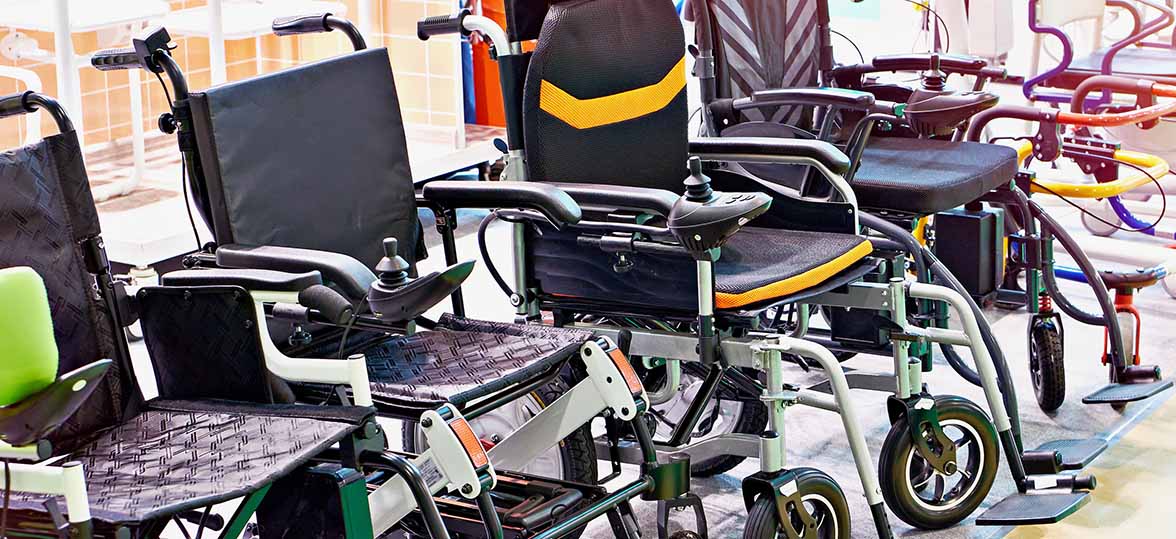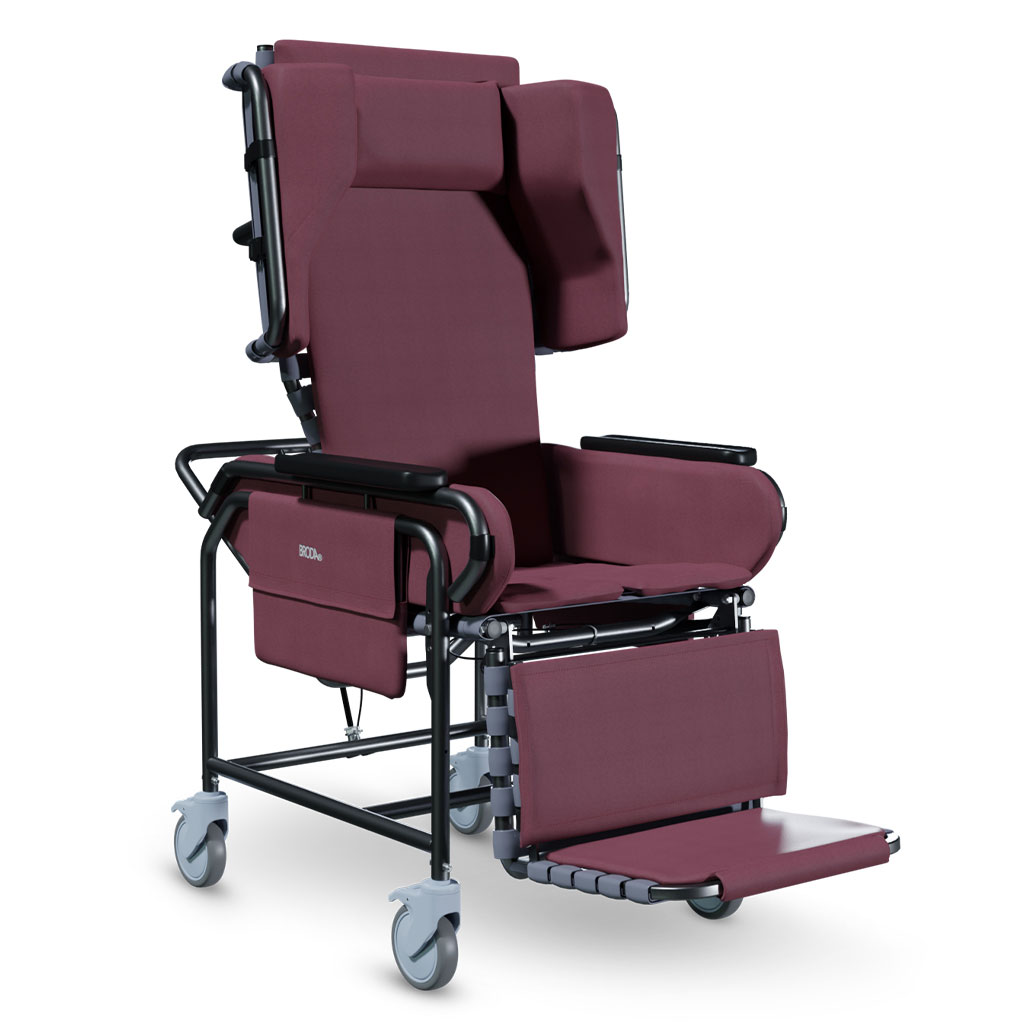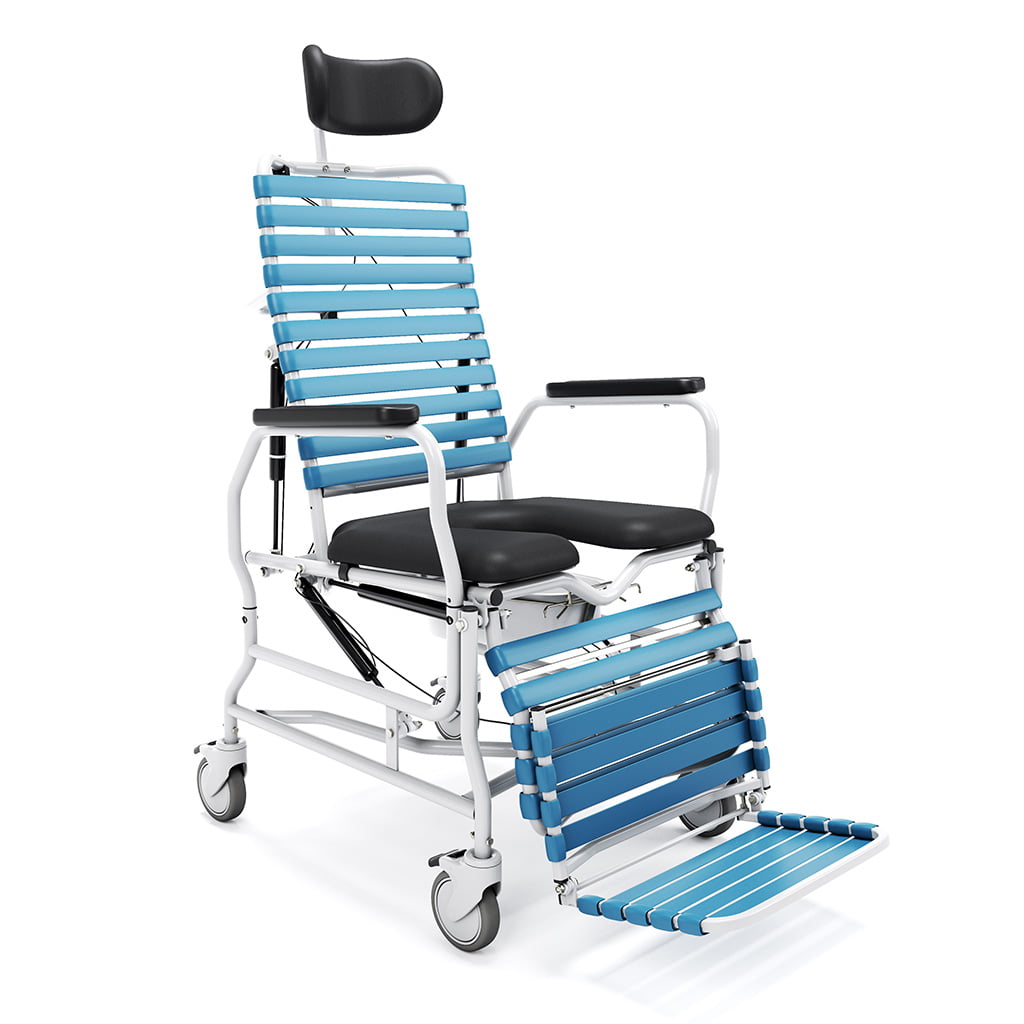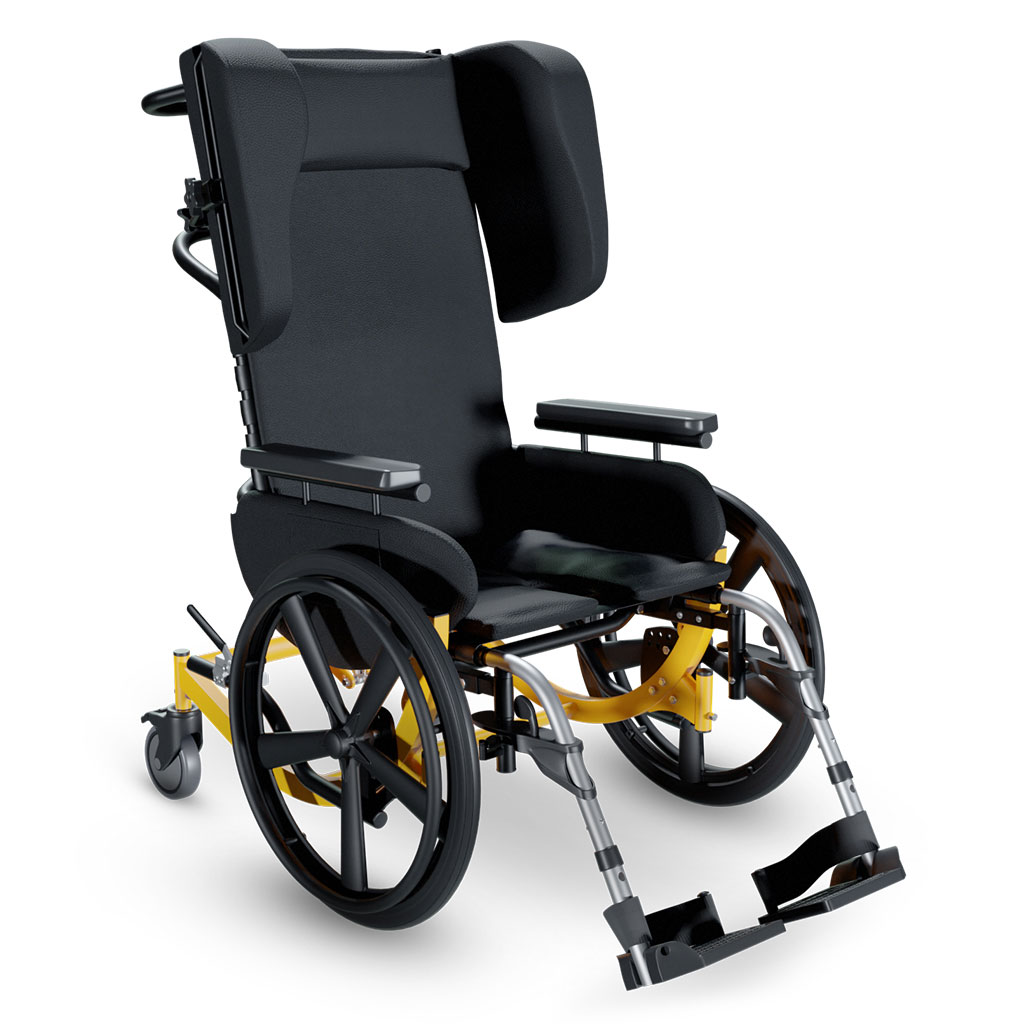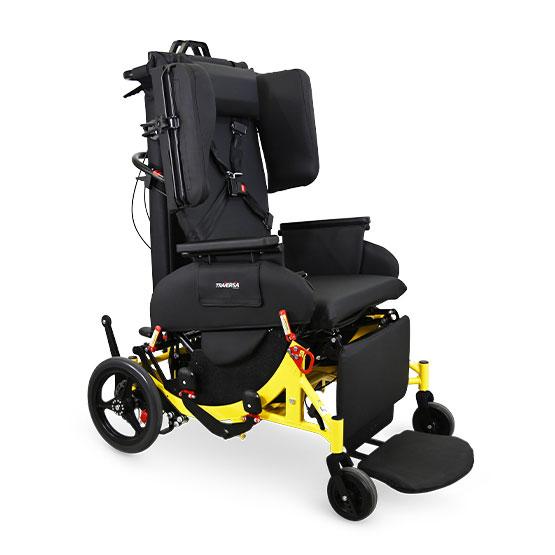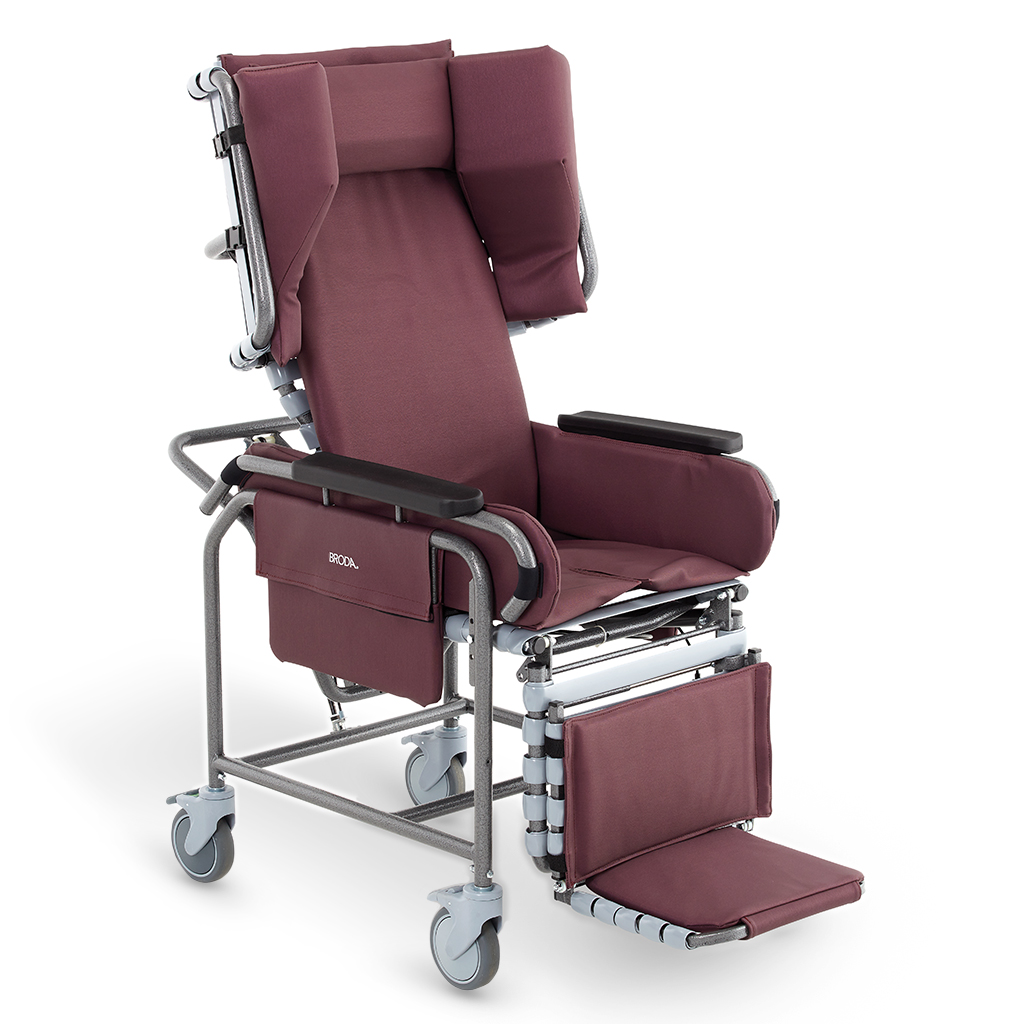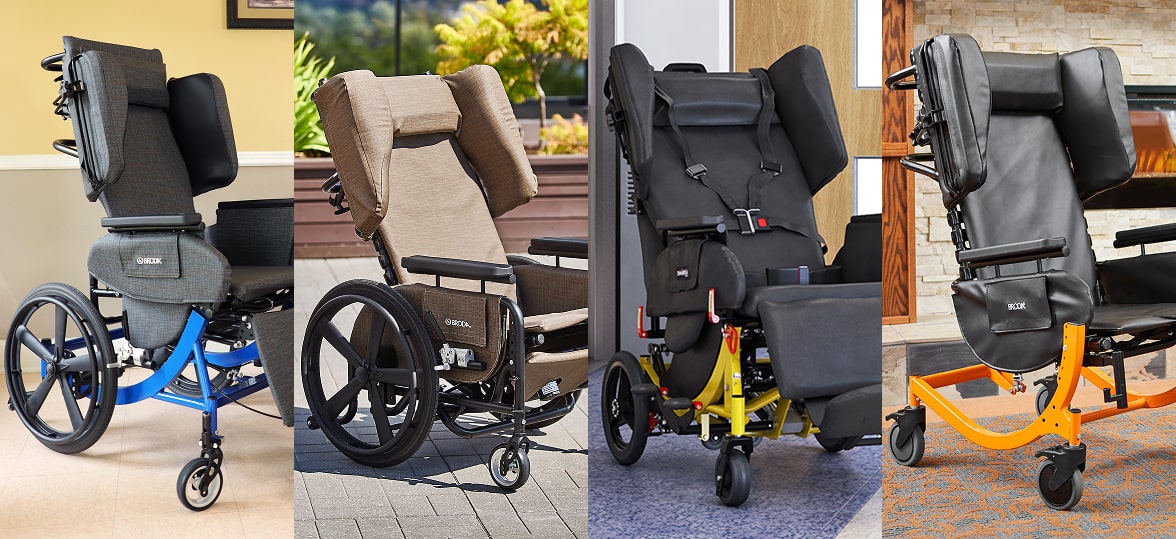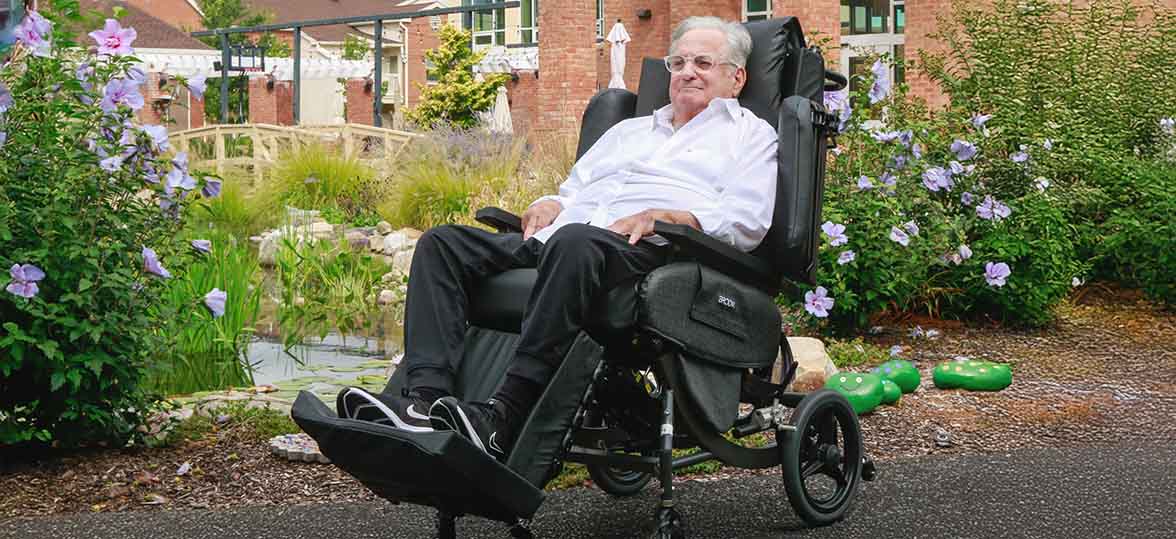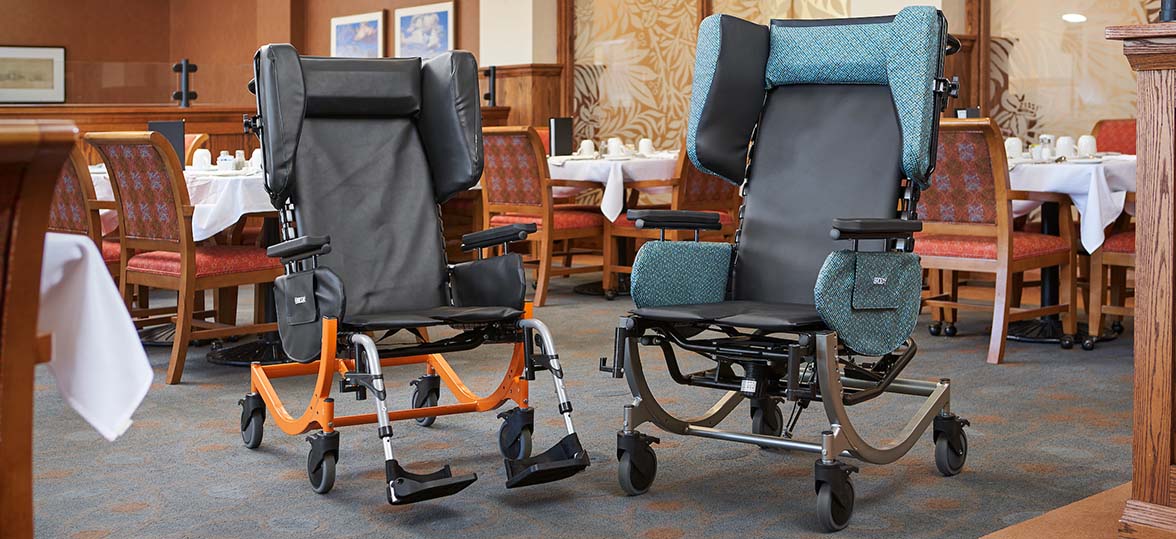Choosing the right wheelchair is vital for the millions of individuals who face mobility challenges. It is a deeply personal and impactful decision that can enhance your comfort, safety, and participation in daily life.
Whether a wheelchair is assisting with health issues related to age, injury, chronic conditions, or recovery from surgery, it’s important to choose a wheelchair that serves your lifestyle in addition to your physical needs—and takes caregivers into account, too.
This guide offers a clear overview of key types of wheelchairs and their core benefits, helping you make an informed decision for your current needs while keeping an eye on what you may need in the future.
The Importance of Choosing the Right Wheelchair
Whether you’re navigating a recovery or managing a chronic condition, the right wheelchair empowers you to focus on what matters most: your health, physical comfort, and daily independence.
The wrong type of wheelchair can lead to further health issues, increased caregiver strain, daily limitations, and even injuries—turning essential mobility into a barrier instead of a support for your life. Here are some essential things to consider when choosing which type of wheelchair to purchase.
Comfort for Extended Use
If you spend hours in a wheelchair each day, comfort is paramount to your quality of life. Specialized seating provides pressure redistribution and airflow while adapting to your body’s contours.
Adjustable tilt, recline capabilities, and customizable cushioning will allow you to find your most comfortable position and make changes throughout the day, preventing the stiffness and discomfort that can impact your overall well-being.
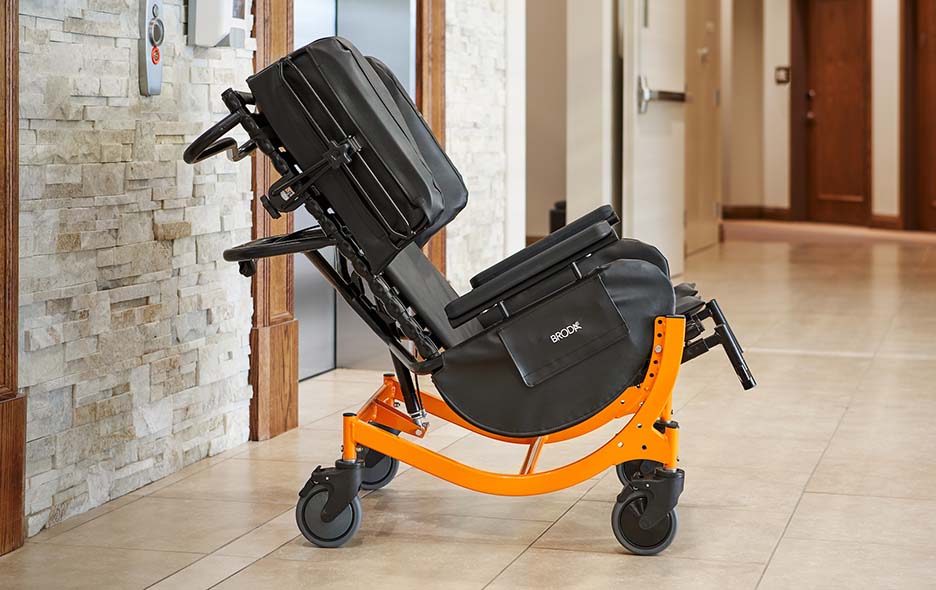
Health Protection and Wound Prevention
One of the most common injuries to wheelchair users are pressure injuries. These are painful wounds that take time to heal and are costly to treat. The right type of wheelchair can protect you from pressure injuries by redistributing your weight and providing postural support for spinal alignment and respiratory function.
Advanced therapeutic positioning, such as adjustable seat tilt and pressure redistribution technology like Broda’s Comfort Tension Seating® system can help alleviate pain and prevent painful wounds. Choose your wheelchair positioning features and seating surface with care, as they can impact the long-term comfort, sitting tolerance, and time spent out of bed.
Supporting Independence and Mobility
The right wheelchair type can enhance your ability to take part in daily activities. Whether you’re able to self-propel your wheelchair or you need a caregiver for mobility, the right type of wheelchair empowers you to get out of bed and experience your entire environment.
Environmental Adaptability
When choosing a wheelchair, consider your home environment. Do you need to move around tight spaces like halls and doorways? Are you interested in different self-propelling options—like those controlled by hands or feet? Will you stay in indoor environments, or do you want outdoor capabilities or wheelchair transport options? Asking these questions early in the process can help make sure you end up with the right type of wheelchair for your mobility needs.
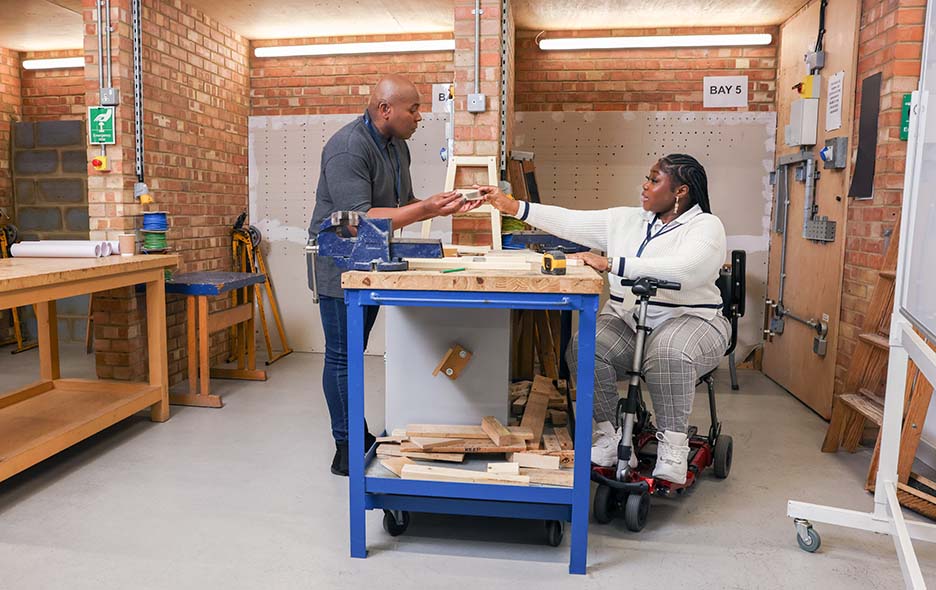
Caregiver Considerations
Removable armrests and lateral supports make it easier for caregivers to transfer individuals, while no-lift mechanisms reduce lifting strain and prevent injuries. Adjustable components accommodate changes in posture or growth in children. Durable construction makes daily handling more manageable, reducing the amount of repairs necessary.
Social Engagement and Dignity
The social and psychological elements of wheelchair use are essential to quality of life. Front-pivot tilt mechanisms allow you to maintain eye-level interaction in social situations. Broda wheelchairs are excellent for this reason. They allow you to enjoy your surroundings much more naturally, and avoid needing to look at the ceiling, as with rear-pivot tilt wheelchairs.
Adjustable seating allows you to join family meals, work meetings, and community events, integrating wheelchair use into everyday life.
Long-Term Investment Considerations
Investing in a wheelchair should account for your anticipated future needs, whether due to a progressive health condition, recovery trajectory, or other care situations.
Adjustable components and modular accessories make it possible to adapt as your health condition evolves without needing to purchase an entirely new wheelchair. Durability should also be a factor in your decision. Choosing a lightweight wheelchair may be convenient in the short term, but a more durable option may be best if that feature is not necessary for your everyday independence. Choose a wheelchair brand that offers high-quality materials with an excellent warranty. Broda wheelchairs, for example, carry an industry-leading 10-year frame warranty and a 2-year warranty on all parts and accessories.
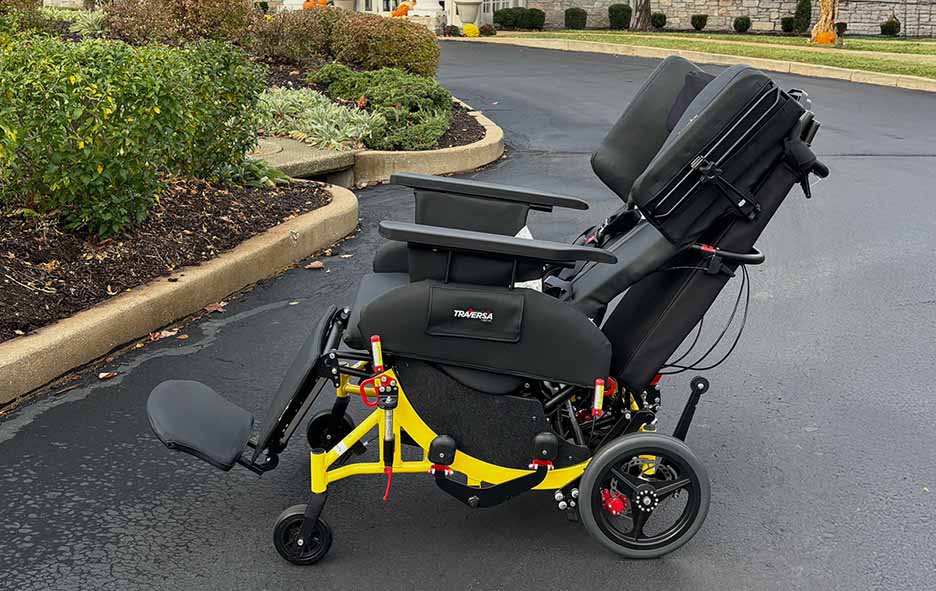
Common Types of Wheelchairs
Different wheelchairs are manufactured to address unique mobility challenges and care situations. A thorough wheelchair comparison helps you evaluate which features and capabilities align with your specific requirements.
Foldable Manual Wheelchairs
Foldable manual wheelchairs provide beneficial short-term mobility for temporary circumstances where cost and portability are the main considerations. They are typically lightweight and compact because they are designed for brief transfers and occasional use, like transferring from bed to the car or from one room to another.
Because of their basic design, they shouldn’t be used for extended durations, as they can become uncomfortable and increase the risk of pressure injuries.
What to Look For
- Lightweight, foldable frames for portability and storage
- Transportability for temporary mobility needs
- Quick setup and breakdown
Positioning Wheelchairs (Tilt-In-Space Chairs)
Positioning wheelchairs serve individuals who spend significant portions of their day seated and require frequent position changes to maintain health and comfort. These therapeutic devices prevent medical complications through advanced tilt-in-space functionality that provides precise positioning capabilities.
Tilt-in-space changes the angle of your entire body relative to gravity without altering hip and knee angles. Frequently adjusting position provides pressure redistribution, which prevents pressure sores, improves circulation, and reduces muscle fatigue while allowing precise positioning modifications throughout the day.
These wheelchairs focus on long-term health outcomes with features like Trendelenburg positioning that support medical procedures and respiratory function.
Transport Wheelchairs
Transport wheelchairs are purpose-built for safe vehicle travel, designed specifically to withstand crash forces while maintaining user comfort. These specialized wheelchairs meet rigorous crash-testing standards like the WC19 certification, ensuring the highest level of safety during transportation.
They serve individuals who frequently travel for medical appointments, family visits, or social events.
What to Look For
- Specialized tie-down points and reinforced frames that integrate seamlessly with vehicle restraint systems
- Tilt and recline capabilities that allow users to find optimal positions for longer trips
- The ability to use the same wheelchair both in and out of the vehicle, eliminating unnecessary transfers
- Dignified and comfortable travel while ensuring safety on the road
- Peace of mind for families, knowing their loved one is protected during every trip
Mobility (or Pedal) Wheelchairs
Mobility wheelchairs, often called pedal wheelchairs, may be self-propelled by hand or foot. They are designed to serve individuals who retain limb function and want to maximize independence through self-mobility without the need for a power wheelchair. They are ergonomically designed for easy self-propelling and support proper biomechanics through careful design.
Power Wheelchairs
Power wheelchairs provide independence for individuals looking to maintain active lifestyles and careers. With motorized mobility, users retain control of their daily activities.
This freedom includes a high price tag. Power wheelchairs are generally expensive to purchase, maintain, and repair, but they can empower users to pursue broad opportunities to navigate a wide range of environments and community events without physical limitations holding them back.
What to Look For
- Advanced joystick controls and programmable driving modes
- Extended battery life and reliable charging
- Customizable seating systems
- The ability to handle outdoor terrain and indoor maneuverability
Rehabilitation Wheelchairs
Rehabilitation wheelchairs support individuals throughout their recovery journeys, offering adaptive features that adjust as healing progresses and mobility improves. Rehab wheelchairs, like Broda’s, are often coded for Medicare and Medicaid reimbursement as a HCPCS E1161 device.
Bariatric Wheelchairs
Bariatric wheelchairs are engineered for the safety, support, and comfort of users with high body mass indexes. While they are designed for maneuverability and sturdy construction, many bariatric wheelchairs are too wide to go through doorways or narrow areas—you’ll want to take some measurements to ensure this wheelchair type meets your needs.
What to Look For
- Reinforced frames and enhanced support systems that remain maneuverable while handling increased weight capacities
- Specialized pressure-redistributing seating systems that prevent discomfort during extended use
- “No-lift” tilt mechanisms and assisted recline functions that reduce caregiver strain
- Gluteal shelf support and “stand assist” handles for additional security during transfers
- Designs that maintain dignity while enabling confident participation in social and community activities
Shower and Commode Wheelchairs
Shower and commode wheelchairs assist individuals with mobility limitations who need safe, dignified solutions for daily hygiene routines. They address both physical and emotional challenges by prioritizing dignity, safety, and comfort during intimate care.
Wheelchair Type Comparison
Find the Right Solution for Your Needs with Broda
Selecting the best wheelchair for your needs is an important decision based on your environmental conditions, physical needs, and how your condition may change.
Your medical condition determines the features you require, while your physical abilities, like upper body strength and leg mobility, are also factored in. Your living environment dictates the features you need to enjoy flexibility and freedom in your surroundings.
With 40+ years of experience in wheelchair comfort and innovation, Broda designs and manufactures wheelchairs around your needs, providing the customizations required to keep you comfortable, supported, and protected.
Explore our full range of wheelchairs to find the ideal fit for your needs.
